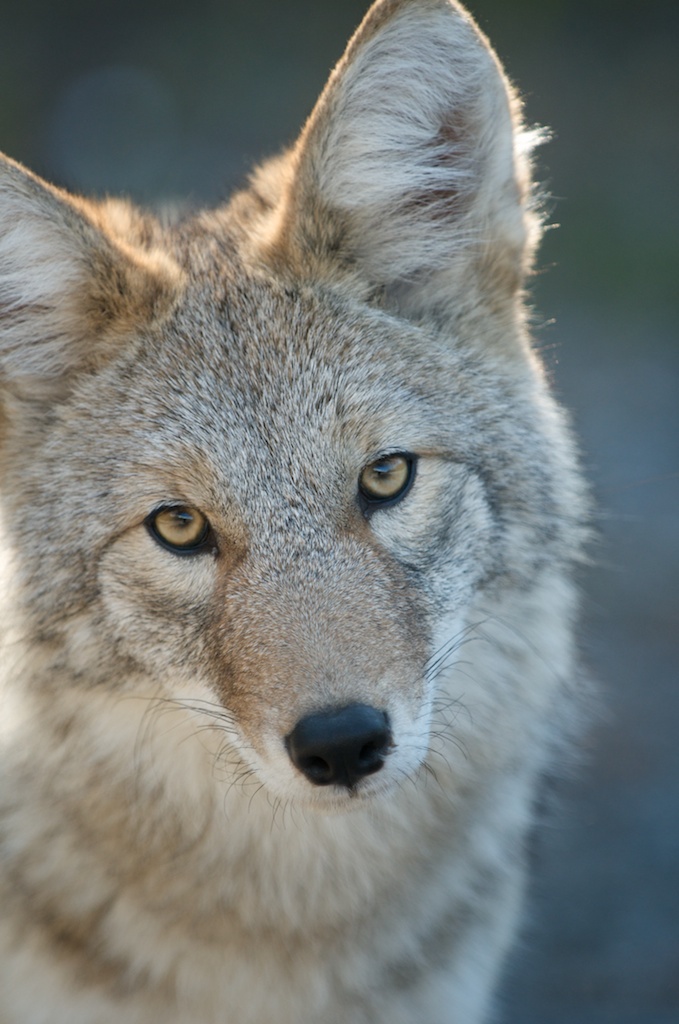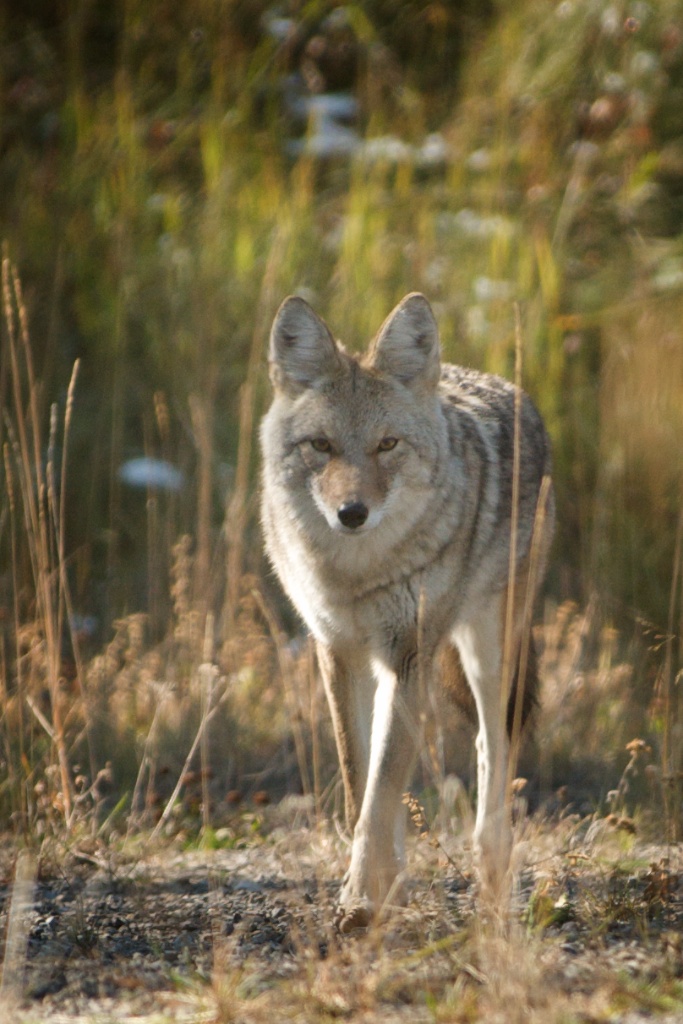
What Did You Say?
I know that sounds simplistic- any one ‘magic’ rule is- but the lack of a clear concept is what keeps a so-so image from being a wow! image. I see this in every type of photography, but most especially in landscapes and wildlife, where weather, land forms, flora and fauna, light and shadow all interact to add complexity that can obscure the meaning of the image.
Is It Just For Identification?
Here’s an example. Someone goes to a pristine habitat and comes back with an image of, say, a bear or moose or wolf. It might be a technically good shot; crisply focused, well lit, saturated colors. But the image just isn’t dynamic. Most of the time it is a full body shot of the animal and I think to myself, “Hmmm, that’s a nice bear identification photo for an ecology textbook.” But, was that the photographer’s intent? What did s/he want to say to us? What s/he mean for us to feel?If you’re a taxonomist, then the story you are trying to tell is relatively simple, and I have no argument with you over it. This is lion; this is tiger; this is coyote. But I’ve met few taxonomic photographers in my day and even fewer people who would be dazzled by their images.
So, I always go back to the question: What is the story you are trying to tell through this image? What are you trying to say? What do you want to transmit to the viewer?
In many of the images I am asked to critique, the problem is too much information crowding the scene. In an awestruck moment, facing an incredibly beautiful scene, the photographer is often tempted to get everything possible into the image. The result is usually an inscrutable mess. Believe me, every time I go to the Grand Canyon I’m sorely tempted to capture it’s indescribable beauty in a single image, so I know the conundrum. But, after many visits, and perhaps the wisdom of years, I realize it’s plain impossible for me to do this. Now I capture what I call landscape vignettes of the Canyon and hope that together they tell the story.
Lesson Relearned
I was reminded of all this once again, as I prepared some images for exhibition and came across a sequence of images I had taken on a beautiful Fall day in the Canadian Rockies. I’ll give you some background and then let the images themselves speak to you.I had just had a frightening bear encounter while I knelt in a stream, taking images that incorporated a distant mountain. As I stood up, not 15 feet away, was a big old black bear. Fortunately, he did not see or smell me, but the next several minutes were worrisome. I slowly removed my bear spray from my vest. I couldn’t take any images because it would alert the bear to my presence, so I received the time as a divine gift to just appreciate this beautiful creature. He eventually wandered off.
I drove a few miles down the road and stopped for lunch at a pond. As I got out of the car I noticed a mated pair of coyotes hunting across the pond. I snapped some images, even though they were out of range of my tele. I laid my camera down and started to eat.
In a few minutes, I felt the hair on my neck crawling. I turned slowly to see the male standing not 5 feet from me. He was so close, in fact, that my telephoto could not focus on him. I slowly put my food away, as I have a strict work ethic that does not allow me to feed wild animals. I spoke to him quietly, all the while setting up my camera-lens by feel to maximize my chances. With wild animals, photographic moments are fleeting. He backed away just enough for me to focus. I addressed him again, with some sounds that I have learned over the years garners the attention, if not disdain, of animals. He turned to look at me. I talked to him. He cocked his head this way and that. I answered. He responded. Click, click, talk, click, click. We connected.
Your Call
So here are the images. The first is “coyote,” maybe okay for a textbook. The second is… well… what does the second image say to you or do for you?
